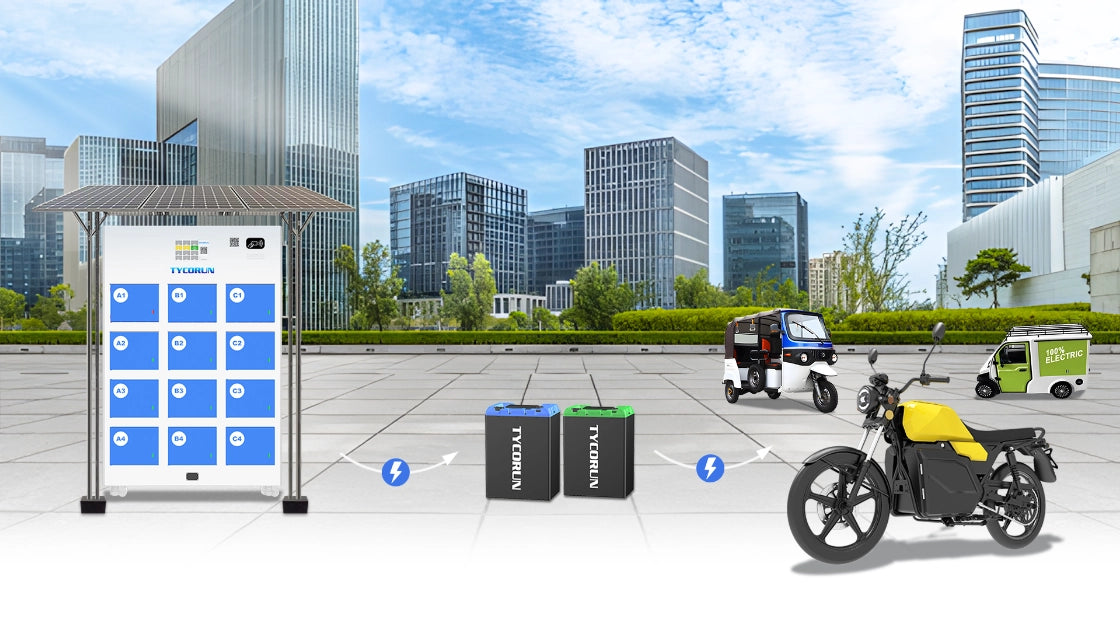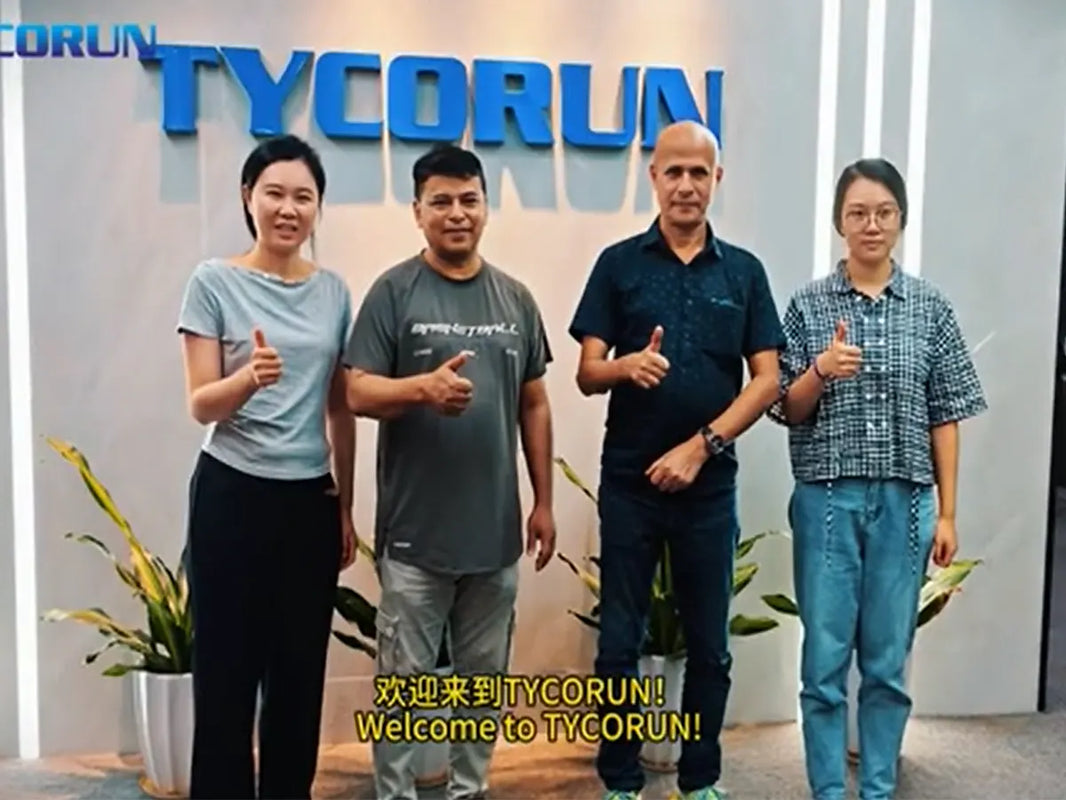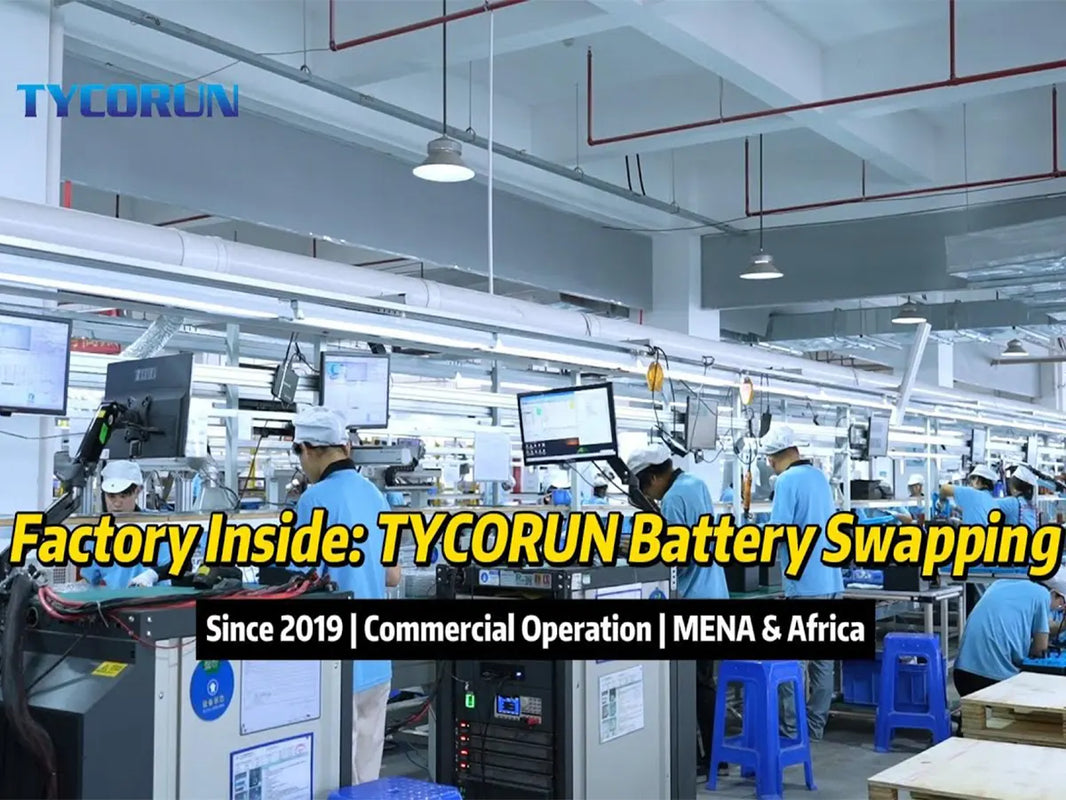
Main content:
Lithium batteries have become an essential part of modern technology, powering everything from smartphones and laptops to electric vehicles and renewable energy storage systems. Understanding the types of lithium batteries is crucial for consumers, engineers, and businesses alike to make informed choices about performance, safety, and application suitability. In this article, we will explore the different types of lithium batteries, their chemistry, advantages, disadvantages, and common uses.
What Are Lithium Batteries?
Lithium batteries are a category of rechargeable and non-rechargeable batteries that use lithium as the primary component of the electrochemical system. They are widely known with their battery high energy density, long lifespan, low self-discharge rate, and lightweight properties. Because of these characteristics, they are commonly preferred over traditional batteries such as nickel-cadmium (NiCd) or lead-acid batteries.
There are several types of lithium batteries, each with unique features tailored to specific applications. Choosing the right lithium battery type can significantly impact battery performance, safety, and longevity.
How do lithium-ion batteries work?
Like all types of lithium batteries, lithium-ion batteries work by moving tiny charged particles called lithium ions back and forth between two sides of the battery, the cathode (positive) and the anode (negative). When the battery is charging, the ions leave the cathode and move through a liquid called the electrolyte into the anode, where they are stored.

When the battery is discharging and giving power to a device, the ions flow back from the anode to the cathode, releasing energy that your phone, laptop, or other electronics can use. In simple terms, charging fills the anode with ions, and discharging moves them back to the cathode to release power, and this back-and-forth movement is what makes lithium-ion batteries, and many other types of lithium batteries, so effective.
Why Understanding Types of Lithium Batteries Matters
Different applications demand specific characteristics from a battery. For example, electric vehicles require batteries with high energy density and long cycle life, while small electronics prioritize compact size and reliability. By understanding the types of lithium batteries, users can select the best option for their device or system.
Some key factors to consider include:
- Energy density: Determines how much power the battery can store relative to its weight.
- Cycle life: The number of charge and discharge cycles the battery can undergo before significant capacity loss.
- Safety: Some lithium chemistries are more stable and resistant to overheating or short circuits.
- Cost: Certain types are more expensive due to materials and manufacturing processes.
How Many Types of Lithium Batteries?
When we talk about lithium batteries, you may often hear names like ternary lithium batteries (NMC) or iron lithium batteries (LFP). These names come from the cathode material used inside the battery. Each material gives the battery different strengths and weaknesses.
In this guide, we will look at six common types of lithium batteries and compare their performance, safety, cost, and everyday uses. While every battery cell can have slightly different technical parameters, the ones listed here represent the general standards in the industry.

- Lithium Cobalt Oxide (LiCoO₂) – LCO
Lithium cobalt oxide batteries are one of the most popular types of lithium batteries for small electronics like smartphones, laptops, and digital cameras. They are well known for their very high energy density, which allows devices to run longer without increasing size or weight.
However, this advantage comes with trade-offs: LCO batteries have a shorter lifespan compared to other chemistries, they are less stable at high temperatures, and they cannot handle high power loads very well. Because of these limitations, they are less common in large systems but remain a top choice for compact consumer electronics.
- Lithium Manganese Oxide (LiMn₂O₄) – LMO
Lithium manganese oxide batteries were first commercialized in the 1990s and are valued for their spinel structure, which improves ion flow and reduces resistance. This makes them safer and more thermally stable compared to cobalt-based batteries, and they also allow for fast charging and high current discharge.
On the downside, these batteries have a shorter overall lifespan and lower energy density than LCO, which means they cannot store as much energy. Today, pure LMO batteries are rare among the many types of lithium batteries, but when combined with NMC they create a balanced battery that is widely used in electric vehicles like the Nissan Leaf and Chevrolet Volt.
- Lithium Nickel Manganese Cobalt (NMC)
NMC batteries are among the most successful types of lithium batteries because they balance performance, cost, and safety. By mixing nickel, manganese, and cobalt in the cathode, manufacturers can adjust the chemistry to create either high-capacity batteries for long runtimes or high-power batteries for strong bursts of energy.
Their flexibility has made them a top choice for electric vehicles, e-bikes, and power tools. Still, the inclusion of nickel, while increasing energy density, also reduces stability, so careful battery management is needed. Despite this drawback, the combination of lower cobalt cost and good overall performance makes NMC one of the most widely adopted lithium chemistries today.
- Lithium Iron Phosphate (LiFePO₄) – LFP
Lithium iron phosphate batteries stand out among the common types of lithium batteries for their excellent safety, long cycle life, and strong thermal stability. They can handle high currents, tolerate overcharging better than most other chemistries, and last for many years, which makes them perfect for solar storage systems, electric vehicles, and even as replacements for lead-acid starter batteries.
The main drawback is that they have a lower energy density than cobalt-based batteries, which means they are larger and heavier for the same amount of power. They also have a higher self-discharge rate and perform poorly in cold temperatures. Despite these disadvantages, their safety and durability have made LFP batteries increasingly popular worldwide.
- Lithium Nickel Cobalt Aluminum Oxide (NCA)
NCA batteries are closely related to NMC but include aluminum to improve stability. These batteries are known for their very high energy density, strong power output, and long service life, which is why they are used extensively in electric vehicles, particularly by Tesla. However, the benefits of NCA come at a cost—literally.
They are more expensive than many other types of lithium batteries and are considered less safe compared to LFP or LMO due to their lower thermal stability. Even so, for applications that demand high energy and long range, NCA remains one of the most reliable choices.
- Lithium Titanate (Li₄Ti₅O₁₂) – LTO
Lithium titanate batteries are unique because they replace the graphite anode with titanate, creating an extremely stable structure. This design makes them one of the safest types of lithium batteries, capable of very fast charging and excellent low-temperature performance. They also have a very long cycle life, making them ideal for applications like electric buses, solar street lights, and UPS systems.
The trade-off is their low energy density, which means they cannot store as much energy as other lithium chemistries, and their high manufacturing cost makes them less suitable for everyday consumer devices. Still, their safety and reliability give them an important place in specialized markets.
How to Choose the Right Lithium Battery?
When choosing among different types of lithium batteries, match the battery to your needs. EVs need high energy density, electronics benefit from lightweight Li-ion or LiPo, and energy storage works best with safe, long-lasting LFP. If budget is a concern, remember that high-performance options like NCA are more costly. For single-use, lithium metal works well, while Li-ion is best for rechargeability.

If you are unsure which battery best fits your application, a trusted manufacturer like Tycorun can help. Tycorun provides high-quality lithium batteries for electric vehicles, energy storage systems, and portable electronics. Whether you’re looking for safety, long cycle life, or maximum performance, Tycorun offers expert guidance and reliable products. For the best results, you can always consult Tycorun’s team or purchase directly from them to make sure you get the right solution. Contact us here.
Final Thoughts
Understanding the types of lithium batteries is essential for anyone using modern technology, from consumers to engineers. Each type has its advantages, limitations, and specific applications. Lithium-ion, lithium polymer, and lithium metal batteries each cater to different needs, making it important to choose wisely based on energy density, safety, cost, and device requirements.
By knowing the characteristics and uses of different types of lithium batteries, you can make informed decisions, maximize battery life, and ensure safety in your devices or systems.
FAQ About Types of Lithium Batteries
1. Are all lithium batteries rechargeable?
Not all. Most common types of lithium batteries, like Li-ion, NMC, and LFP, are rechargeable. However, lithium-metal batteries are designed for single-use high-energy applications such as medical devices.
2. Can lithium batteries be used in cold weather?
Yes, but not all types of lithium batteries perform well in cold temperatures. For example, LFP batteries lose efficiency in freezing conditions, while LTO batteries handle cold weather much better.
3. Where can I buy high-quality lithium batteries?
If you're looking for reliable performance, you can consult Tycorun, a trusted lithium battery manufacturer. Tycorun provides different types of lithium batteries for EVs, solar systems, and electronics, ensuring safety, durability, and expert support.
Related Articles: Nicd vs Nimh battery, Are lithium ion batteries bad for environment, Replace your UPS battery with lithium-ion
















